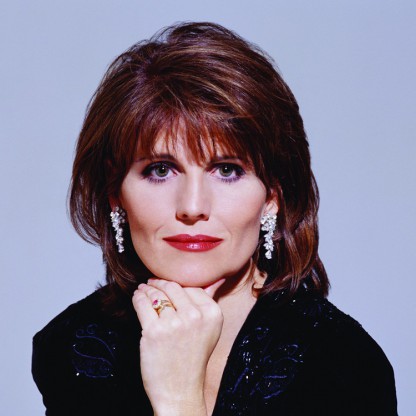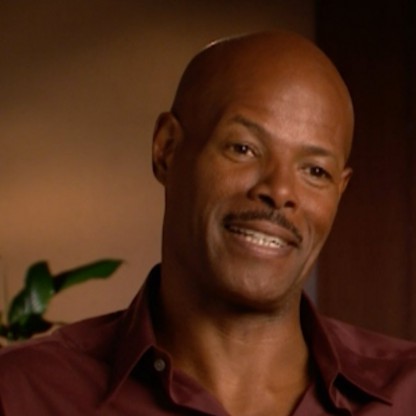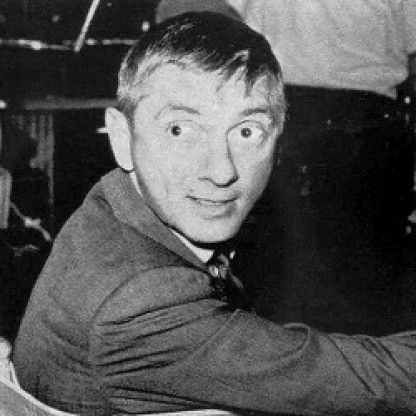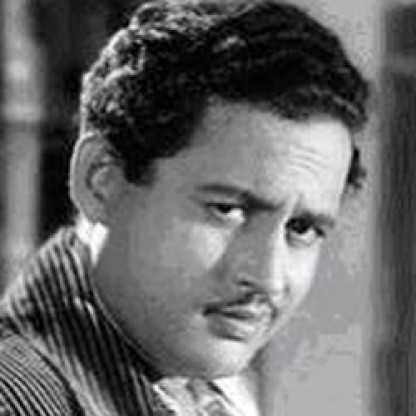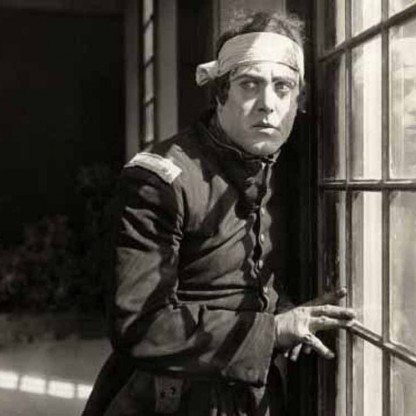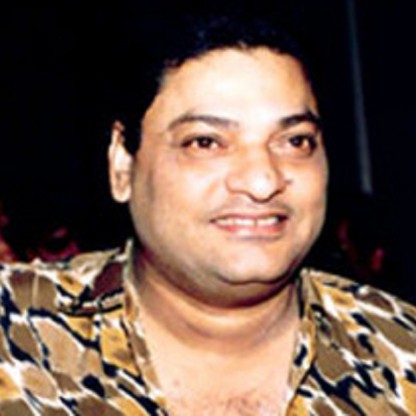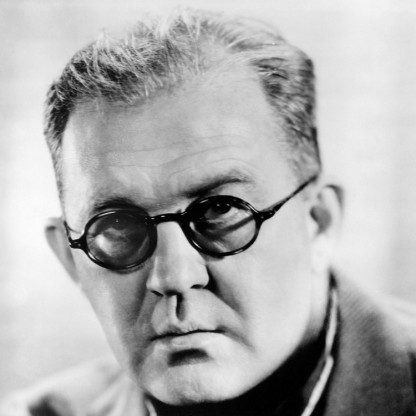Koster's postwar career was equally successful. He was nominated for an Academy Award for The Bishop's Wife (1947). In 1950 he directed what was his biggest success to date, the James Stewart comedy Harvey. He directed Richard Burton's first U.S. film, My Cousin Rachel, and then was given the first CinemaScope film to direct, The Robe in 1953. He directed some more costume dramas, including Désirée (1954) with Marlon Brando, The Virgin Queen (1955) with Bette Davis, The Naked Maja (1958) with Ava Gardner and The Story of Ruth (1960) with Elana Eden, then went back to family comedies and musicals, including Flower Drum Song for Universal in 1961. His last picture was The Singing Nun in 1965. Koster retired to Leisure Village, Camarillo, California, to indulge in his lifelong interest in painting. He painted a series of portraits of the movie stars with whom he worked.
